News Articles
-
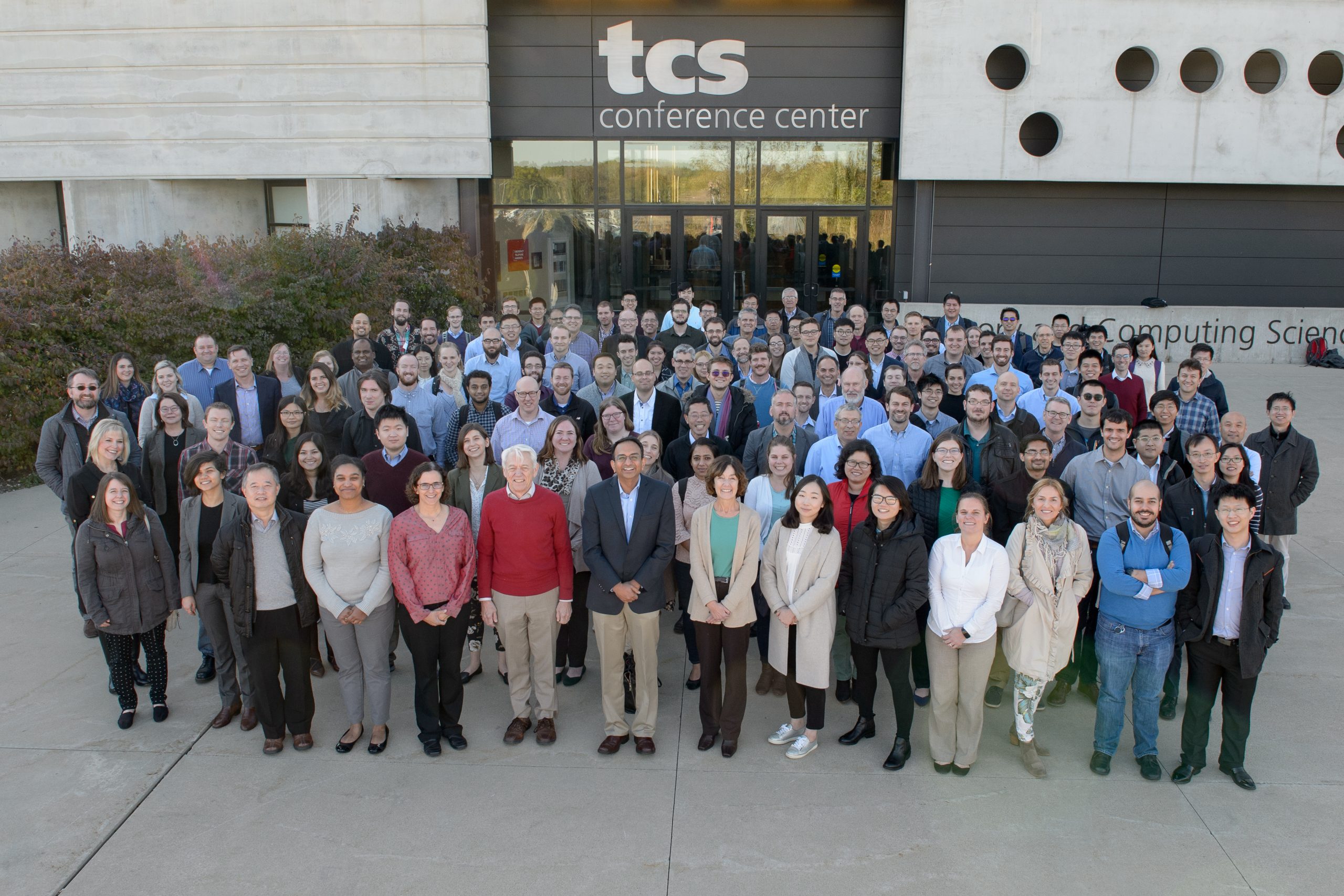
You’re Invited - JCESR and Beyond: Translating the Basic Science of Batteries
Please join us at Argonne National Laboratory on Tuesday, April 4, 2023 for JCESR and Beyond: Translating the Basic Science of Batteries. Registration is now open. This in-person event will celebrate 10 years of research from the Joint Center… Read More
-

A Message from JCESR: In Memory of George Crabtree
It is with heavy hearts that we say goodbye to George Crabtree, a Senior Scientist and Distinguished Fellow at Argonne National Laboratory, and Director of the Joint Center for Energy Storage Research (JCESR), who passed away unexpectedly on January 23. Dr. Read More
-

JCESR Spotlight: Bob Jin Kwon, A Postdoc with Passion and Perseverance
Argonne recognizes Kwon’s contributions to battery science with the Postdoctoral Performance Award. Article authored by: Michael Matz, Argonne Associate Bob Jin Kwon likes a good challenge, particularly when it comes to developing completely new kinds of batteries. “Developing new battery technologies is very challenging,” said… Read More
-

JCESR Spotlight: Lily Robertson Recognized for Her Contributions to Battery Research
Argonne’s Postdoctoral Performance Award recognizes scientific achievements, leadership, and collaboration. Article authored by: Michael Matz, Argonne Associate Since her early days growing up in the Pacific Northwest, Lily Robertson has always wanted to help make the world a better place. “For as… Read More
-

George Crabtree wins 2022 Energy Systems Award
The prestigious award recognizes the importance of transforming energy systems from fossil fuels to carbon-free technologies. Physicist George Crabtree of the U.S. Department of Energy’s (DOE) Argonne National Laboratory has received the 2022 Energy Systems Award from the American Institute of Aeronautics and Astronautics (… Read More
-
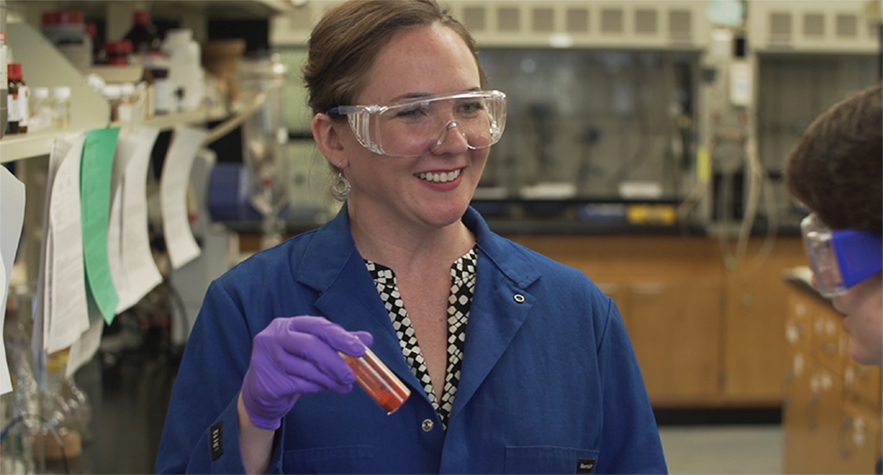
Fund launched in honor of JCESR collaborator Susan Odom
The University of Kentucky (UK) College of Arts & Sciences has launched a fund to honor the life and legacy of Dr. Susan Odom, a dear friend and JCESR collaborator. Dr. Susan A. Odom (1980-2021) was a talented associate professor of chemistry in… Read More
-
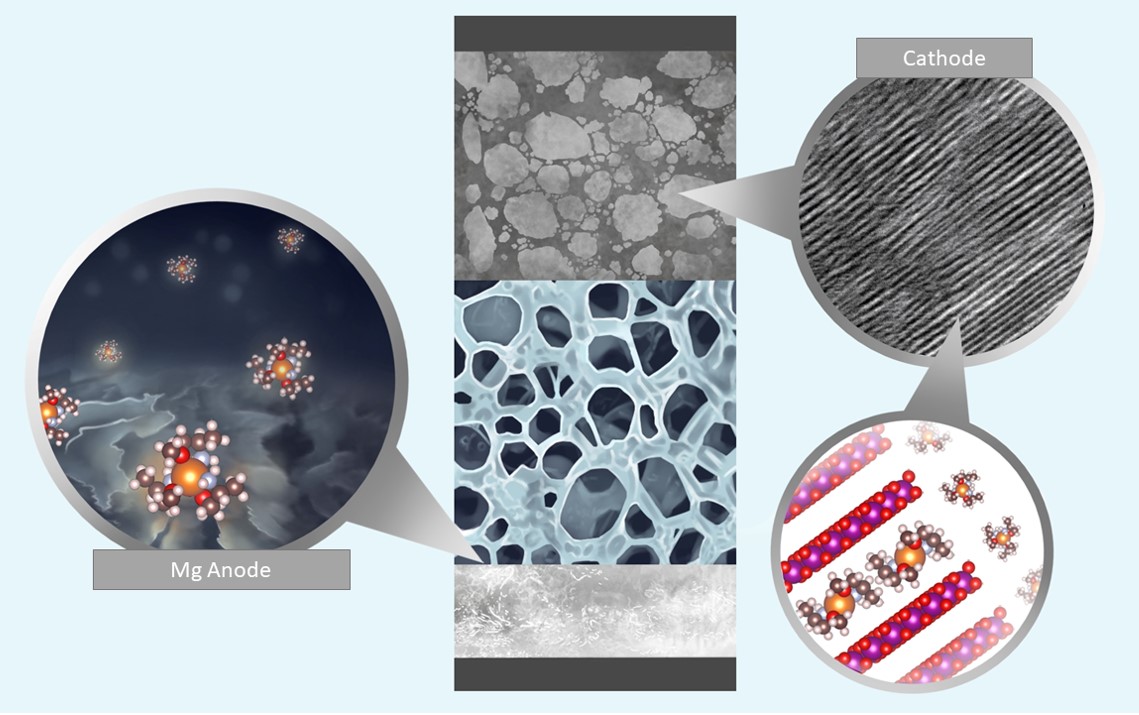
JCESR-supported research makes cover of Science: New electrolyte bolsters rechargeable battery design
This press release was authored by the A. James Clark School of Engineering, University of Maryland. The energy contained within lithium-ion batteries has the potential to reshape the technology of the future battlefield, creating a worldwide demand for key lithium-ion battery materials… Read More
-
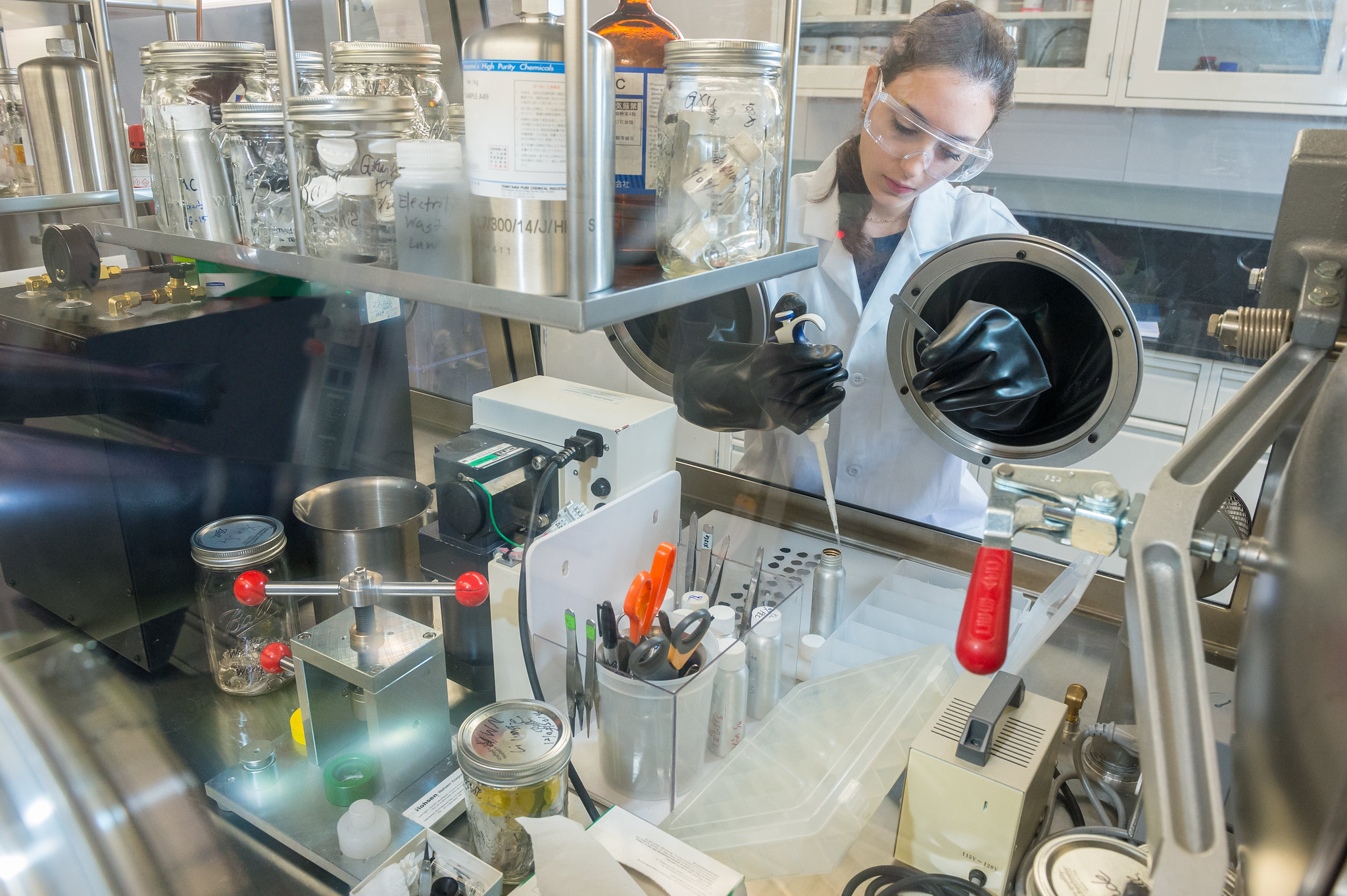
JCESR researchers testify before the House Science, Space and Technology Committee
JCESR researchers Kristin Persson and Fik Brushett testified May 4 before the House Science, Space and Technology Committee, Subcommittee on Energy, to share how the climate and energy science research sponsored by the Department of Energy’s (DOE) Office of Science… Read More
-

Active learning accelerates redox-flow battery discovery
This article was authored by Jared Sagoff and first published by Argonne National Laboratory. By using active learning, scientists are more quickly finding suitable candidates for redox-flow batteries. When it comes time to design a new battery chemistry, scientists only can… Read More
-
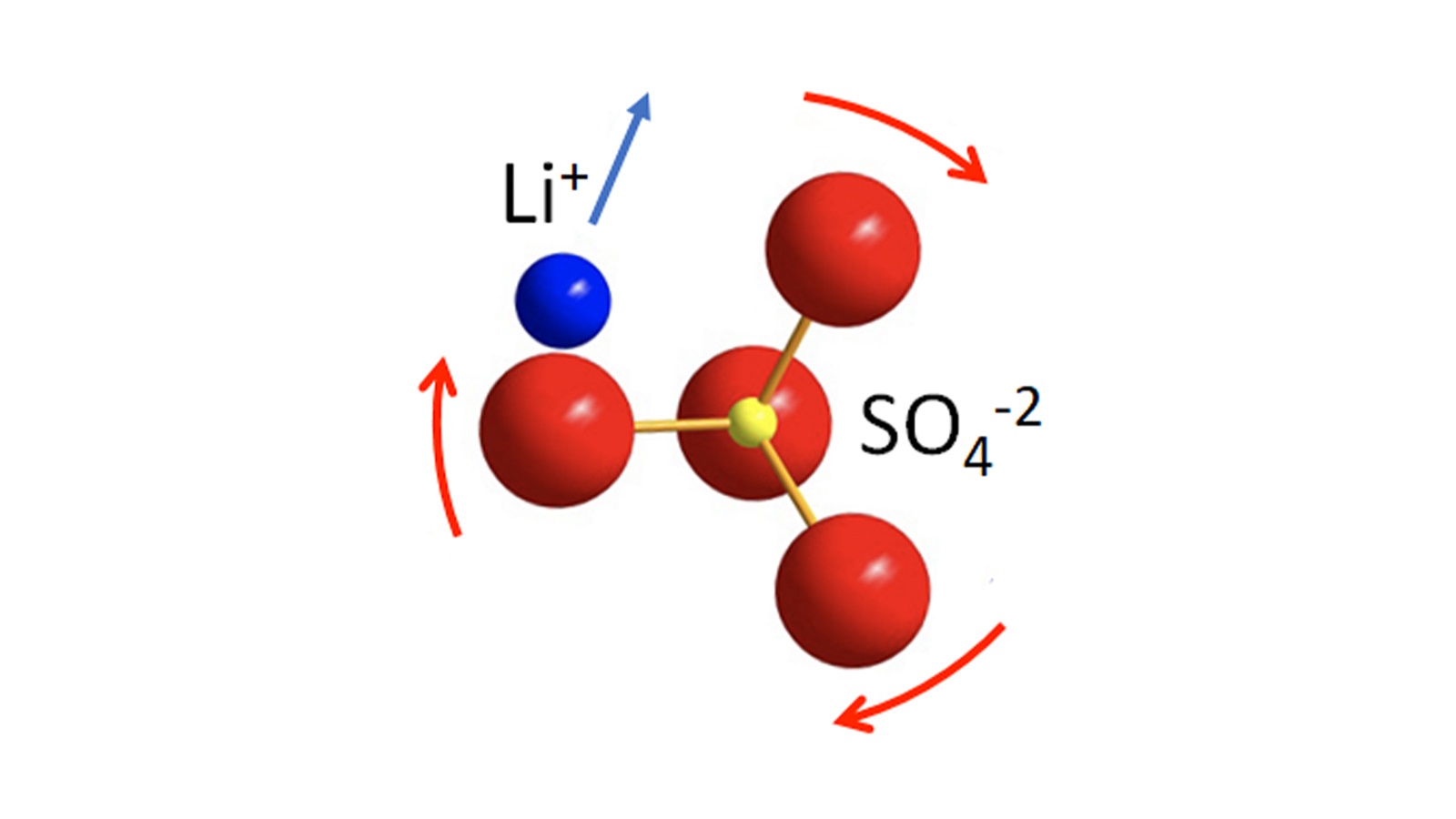
JCESR lays foundation for safer, longer-lasting batteries
This article was authored by Anna Marie Tomczyk and first published by Argonne National Laboratory. Electricity storage in batteries is in ever increasing demand for smartphones, laptops, cars and the power grid. Solid-state batteries are among the most promising… Read More
Latest Updates
-
You’re Invited - JCESR and Beyond: Translating the Basic Science of Batteries
Please join us at Argonne National Laboratory on Tuesday, April 4, 2023 for JCESR and Beyond: Translating the Basic Science of Batteries. Registration is now open. This in-person event will celebrate 10 years of research from the Joint Center… Read More
-
A Message from JCESR: In Memory of George Crabtree
It is with heavy hearts that we say goodbye to George Crabtree, a Senior Scientist and Distinguished Fellow at Argonne National Laboratory, and Director of the Joint Center for Energy Storage Research (JCESR), who passed away unexpectedly on January 23. Dr. Read More
-
Cyanopyridines As Extremely Low-Reduction-Potential Anolytes for Nonaqueous Redox Flow Batteries
Discovery of a cyanophenylpyridine derivative with a very low reduction potential and good stability during cycling. Read More
-
Characterizing Redoxmer – Electrode Kinetics Using a SECM-Based Spot Analysis Method
Identified asymmetries in electron transfer (ET) kinetics between the reduction and oxidation of ferrocene-based redoxmers by measuring the ET rate constants (kf/kb) as a function of electrode potential. Read More
-
Benzotriazoles as Low Potential Anolytes for Non-Aqueous Redox Flow Batteries
We developed an easy-to-synthesize benzotriazole-based anolyte with a high energy redox potential (-2.3 V vs Fc/Fc+) and high solubility that demonstrates stable electrochemical cycling performance. Read More

